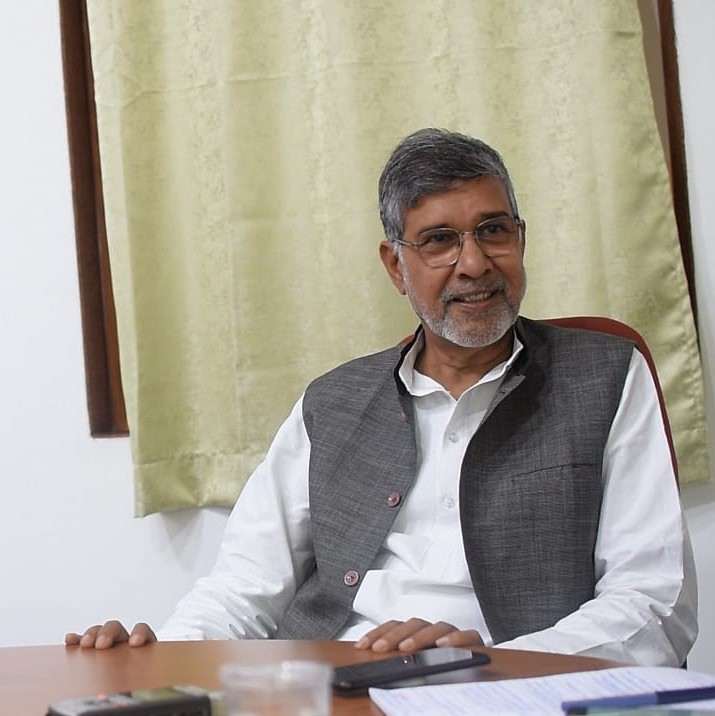Our series of day-by-day reports of the entire Convention can be found here.
Beating the Heat
A mixed group of events was hosted in the SAC hall in the afternoon, giving participants a respite from the unusually (even for Chennai) searing heat outside, what with the soothing air conditioning and the enchanting melee of performances that greeted the audience inside.
First, a Therukoothu performance took place by Purisai Sambandam Tambiran & Group, who danced superbly and were received well by the audience.
Thus starts Therukoothu #spicmacay #intercon14 pic.twitter.com/KWslor6I3M
— SPIC MACAY (@spicmacay) June 12, 2014
This was followed by a Chancel Choir from Nagaland, one of the first performances from the North-East in this SPIC MACAY convention.
Nagaland’s famous Chancel choir performing at @spicmacay #intercon14. Amazing! Soothing and sublime! pic.twitter.com/UF2v310N1T
— Veejay Sai (@veejaysai) June 12, 2014
Conversing with the Gurus
Given that the crafts and art forms that have gained exposure through InterCon are largely represented during the intensives and in the evening at the Crafts Mela, but not in the concerts or demonstrations, we decided to give you a glimpse of some of the art forms that participants have been lucky to learn about here.
T5E had several short video conversations with the teachers of the crafts intensives about their art forms:
An Enthralling Start to the Evening
Padma Shri Pt. Vishwa Mohan Bhatt may have a Grammy Award to his credit but his soft spokenness and sincere eagerness to impart knowledge, even at the packed concert that IIT Madras saw today, betray a genteel heart that yearns not for laurels, but for total immersion in the exhilarating ethos of Indian culture and its music. He plays the Mohana Veena, also called the sliding guitar, and is a well-known proponent of Hindustani music all over the world, having participated in fusions and pan-cultural collaborations with Western artists.
Before beginning, Pt. Bhatt sought to clear the air about the misconceptions that Indian youth have about Indian classical music. He opined that although it is misunderstood as being slow and boring, Indian music can be as fast as any in the world when need be, but the emphasis would always be on delivering one’s soul to an ecstatic union with a higher reality, which might draw upon different speeds for effect. He then began, with Pt. Ramkumar Mishra on the tabla, with a composition in raag Maru Behag, which he called his personal favourite, set to Tritaal, also know as Teen Taal. Knowing he was playing to a largely young and uninitiated audience, he laid out the specifics of his concert, explaining the three parts to his rendition along the way. Halfway along, he also demonstrated, for the audience’s benefit, extensive laykaari from ekgun and dugun all the way up to satgun and athgun (seven and eight beats, respectively, in one time-frame).

At this point, the concert got really interesting. Pt. Bhatt, using only his Mohana Veena, recreated the sound of a cuckoo’s call quite realistically, all the way down to its distinctive trail-off at the end. This was part of his exhibition of the different bhaavams the instrument could convey. Next, he demonstrated a piece that exuded krodh, pacy in tempo and high strung. All this seemed to fascinate the audience, eliciting wild applause.
Then, he took audience involvement to the next level, requesting that they keep taal for him by clapping along with the tabla, and sang the hugely popular Rajasthani folk song, Kesariya Balam in Mand style, made popular by Lata Mangeshkar in the Bollywood movie Lekin and the Padharo Mhare Des campaign by the Rajasthan Tourism Ministry. He ended with a piece from his Grammy-winning album, asking the audience, which was more than willing to oblige, to hum along a few lines with him. As has been the case with most concerts at this convention, Pt. Bhatt was the recipient of an irrefutably earned standing ovation, having made a marked impression on more than a few young souls on this night.
Slow and Steady — Koodiyattam Performance
The second concert of the evening was set to be a Koodiayattam performance by Shri Margi Madhu. Also called Kutiyattam and believed to be over two thousand years old, this is a form of Sanskrit theatre that traces its origin to Kerala. Koodiyattam is characterized by slow and steady movements, and is known for being a very difficult art form to perfect.
Shri Madhu began the Koodiyattam performance Anguliyankam, based on Hanuman’s search for Sita in Lanka. The entire performance, which finished quite beyond time, at around 11:30 pm, encapsulated the Sundara Kanda of the Ramayana, although, as the audience was informed, a complete rendition takes eight hours, and portraying the entire Ramayana takes a complete 28 days.
While a large part of the audience was noticeably exhausted, the performance was highly appreciated by a niche audience, especially the eye movements, being extremely evocative and conveying emotion very well.


